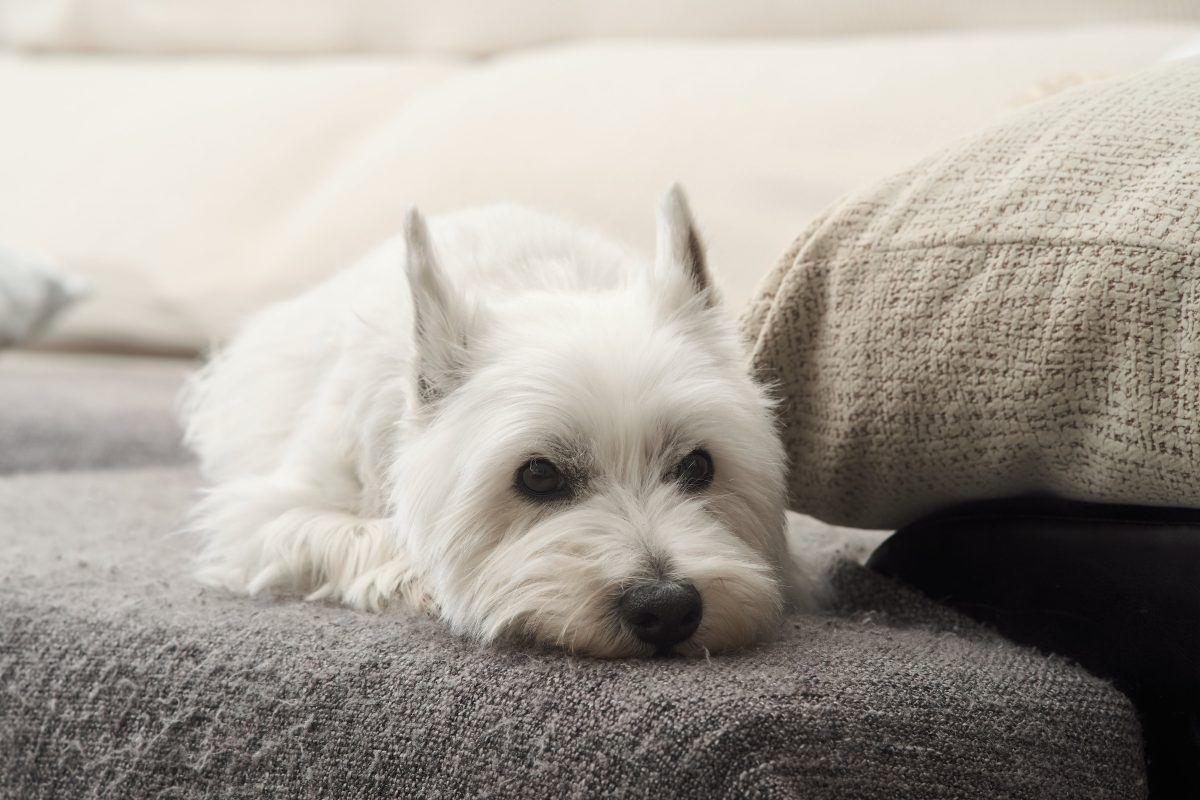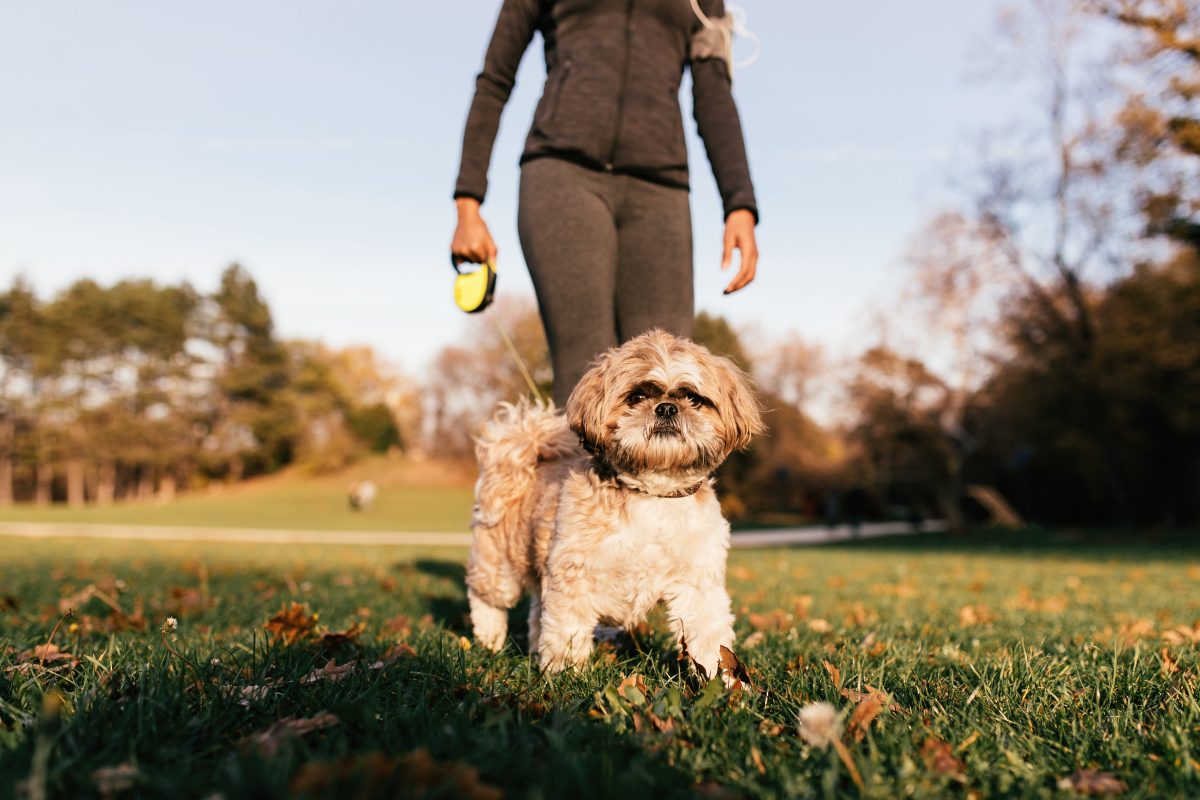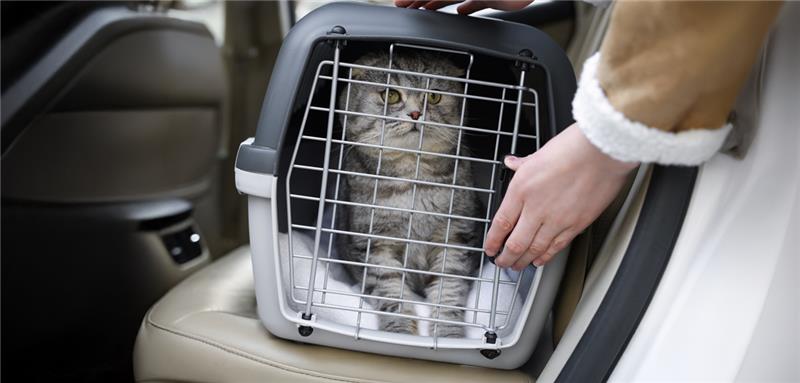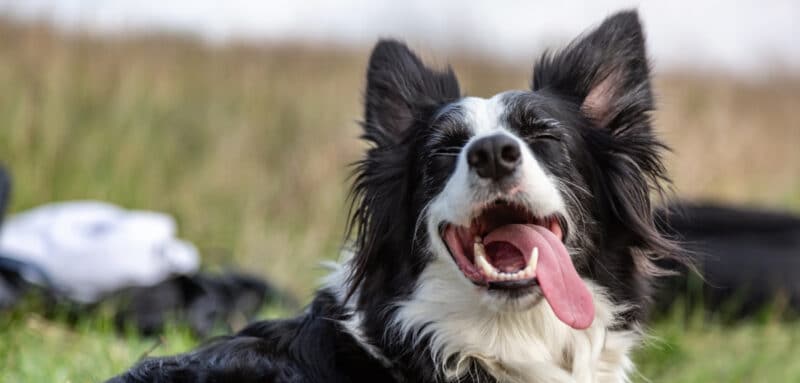Most dogs and cats feel energetic soon after surgery, even though they are not fully healed. It is therefore up to the owner to ensure that their pet rests and remains calm during recovery to support healing and minimize the risk of complications.
Why is rest important after surgery?
Every surgery causes some level of tissue disruption, whether it involves the skin, subcutaneous tissue, muscles, bones, or ligaments. From the outside, we often only see the skin, which can make it seem like healing is complete if the wound appears closed on the surface.
For example, in a spay procedure for a female dog or cat (which is called an ovariohysterectomy or ovariectomy), the veterinarian must go through the skin, subcutaneous tissues, and abdominal muscles to reach internal organs. If the pet becomes too active too soon, it can cause:
- A fluid buildup under the skin called a seroma, which slows healing and increases infection risk
- Physical damage to the tissues leading to dehiscence, a reopening of the wound which causes pain and may require a corrective surgery
- Hematomas, which are blood accumulations under the skin or in the muscles, that increase pain, can delay healing and may cause internal bleeding
Orthopedic surgeries involving bones, joints, ligaments, or tendons require special care. If a pet is not kept at rest for a certain length of time, complications leading to a complete failure of the surgical procedure may occur, on top of those named above. These complications include broken or shifted surgical implants (screws, plates or pins). This may require another operation to remove or replace these implants. If healing is rushed or incomplete, bones can set at incorrect angles, causing a crooked limb and possible long-term loss of function.
What does it mean to keep your pet at rest, or to limit their activity?
Your veterinarian may recommend complete exercise restriction by using a crate or limiting your pet to a small room, while permitting short walks on leash to do their business. Stair access may be blocked. These recommendations are common after orthopedic procedures such as repairs of a torn cranial cruciate ligament or bone fracture.
For soft tissue surgeries like spaying, restrictions are usually more moderate. Avoid jumping, rough play with other animals, or vigorous activities such as chasing a ball.
As healing progresses, these restrictions may change. If in doubt, ask your veterinarian what is safe at each stage of recovery.
How long does rest need to last?
Recovery time depends on the procedure and part of the body involved. Some areas heal faster than others and are less affected by movement.
For most elective soft tissue surgeries such as neuters, about ten to fourteen days of rest are sufficient.
For more complex and extensive surgeries, such as removing an intestinal foreign object, more time is sometimes recommended, generally at least two weeks.
Orthopedic surgeries often require around two months of limited activity, sometimes more.

How to help your pet rest after surgery
Make the recovery area comfortable
Choose a quiet spot in the house that your pet already enjoys. Avoid areas with too much sunlight or temperature changes. You may need to move locations depending on how your pet responds. Some need to be away from busy areas, while others dislike being alone.
Use a non-slip rug in the recovery area, especially if your pet had surgery on a limb.
Provide soft, stable bedding (a bed on the ground, a blanket…). Make sure there is a designated spot for sleeping and another for standing or stretching, whether in a crate or small room like a laundry room.
Keep your pet away from stimuli or events that may cause excitement or anxiety, such as visitors, doorbells, or children.
Do not under any circumstance leave your pet outside alone. After surgery, they should be protected from the elements just like a puppy or kitten.
If you are unsure about anything, ask your veterinarian.
Keep them mentally stimulated
If your pet enjoys food, try offering meals through food puzzles or treat-dispensing toys instead of a regular bowl; make them “work” a bit for their meal. Ask them to sit or lie down before receiving a few pieces of food, if their condition allows. Teach simple new tricks if possible.
Sturdy rubber toys that can be filled with food work well to help keep pets occupied. Fill them with canned food and put them in the freezer for a few hours them for extra entertainment.
Leaving the TV or radio on when you are away can also provide comfort.
Allow movement but keep it controlled
Most dogs can still go outside for short walks during recovery. Always use a leash, and preferably a harness over a collar, to control their pace gently and comfortably.
Use walks as opportunities for mental engagement or basic training, or associate them with mealtime routines.
Cats may not walk on a leash, but they can still learn basic cues and enjoy some time outside of a crate. It can be difficult to stop a cat from jumping or climbing, so extra care is needed.
Large breed dogs will most benefit from a spacious crate with soft bedding, water, food, and enough room to stand.
Physiotherapy, whether at home or with a professional, may help break the monotony of recovery and while also improving physical healing. Short cuddle sessions throughout the day can also be very comforting!

Create a new routine
Pets and people thrive on routine, and surgical recovery can disrupt that. Establishing a new schedule with adjusted activity and medication times helps your pet feel secure and promotes healing.
Medication support
In addition to pain relief, some pets may benefit from medications to help adjust to the new routine or to relax. Options are available for mild sedation or to reduce anxiety, but there is no safe medication that can be administered at home that will keep an animal asleep all day. Your veterinarian can recommend the right medication, including over-the-counter or prescription options. Most of these medications are approved for humans but commonly used in animals under veterinary supervision.
Build good habits before surgery
Teaching basic commands like sit, come, or stay early on helps in everyday life and during special situations like recovery.
The same goes for crate-training. The crate should be a safe, familiar place, never a punishment. It should offer your pet a calm area where they can retreat from unwanted interactions and rest peacefully.
Ask your animal health technician for tips as early as your first vet appointment.
In summary, post-surgical complications often lead to extra pain for your pet and added costs for you. Preventing these issues is far easier and kinder than having to treat them. Remember that the recovery period is temporary, and the fewer the complications, the shorter it will be. Help your furry friend recover smoothly, avoid unnecessary discomfort, and protect the success of their surgery. They will thank you for it!
The information in this article is for educational purposes only and does not replace veterinary advice. Always consult your veterinarian for diagnosis and treatment.





